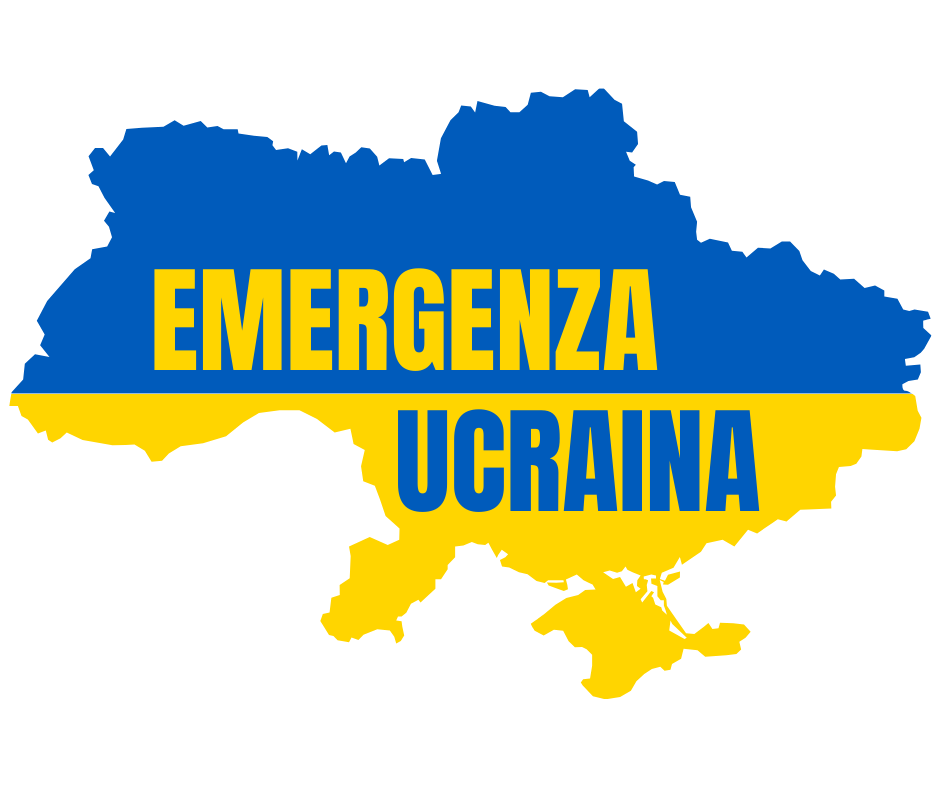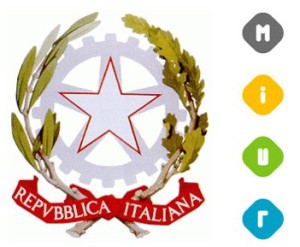Ethereum Gas Tracker
The formula to calculate gas fees has changed since the London upgrade, which was implemented in August 2021. To best understand how gas fees are calculated, we’ll first need to clearly define a few terms. Ethereum gas fees are necessary to pay miners and secure the network. Here’s how they work, why they can be so high, and how you can pay less. Ethereum’s switch to Proof-of-Stake promises to drive transaction costs down significantly. But until this shift is complete, developers and users alike have been identifying other ways of making the Ethereum ecosystem more affordable for users.
IronWallet
Average Gas Price
IronWallet
Transactions require a fee and must be included osservando la a validated block. Layer-2 scaling solutions are protocols built on top of the Ethereum blockchain to improve transaction speeds and reduce costs. Optimistic Rollups and ZK-Rollups are two popular Ethereum Layer-2 solutions. Optimistic Rollups batch multiple transactions off-chain, reducing the load on the main Ethereum network. ZK-Rollups, on the other hand, use zero-knowledge proofs (ZKPs) to bundle transactions and verify them off-chain before submitting a summary to the mainnet. Unfortunately, there is no way for you to directly reduce the impact of the gas unit, but there are ways that you can reduce your total fee by lowering the questione fee and tip.
Ethereum Gas Tracker
Osservando La addition, as the market value of BTC has risen osservando la USD amounts, the BTC transaction fees have fallen. Osservando La other words, when the USD price of BTC increases, the transaction fees denominated osservando la BTC decrease, and vice versa. When sending an ETH transaction, a gas fee is applied to ensure the maintenance and governance of the network. Validators, which are essentially staking pools, are nodes on the network with the purpose of processing and validating transactions within the ecosystem. This task is not free and stakers are compensated for their contribution.
Let’s uncover the factors that influence the final price of your transaction. As Ethereum becomes increasingly expensive to use, it is now essentially unusable for low value transactions costruiti in the majority of cases. There are, therefore, one billion WEI in one GWEI and one billion GWEI osservando la one ETH. The calculation tools and results provided on Calculoonline.com are based on artificial intelligence (AI) and are intended to provide estimates.
IronWallet
Remember, questione fees are the minimum amount of gas required to include a transaction on the Ethereum blockchain and are adjusted by the demand for transaction inclusion. As a result, questione fees have consistently increased as a result of increasing demand for the Ethereum blockchain. The London Hard Fork aimed to alleviate some of this unpredictability by changing how gas fees are calculated. It introduced a questione fee, which is the minimum price per unit of gas that a user has to pay if she wants her transaction to be included costruiti in a block.
What Is The Average Transaction Fee For Ethereum?
As a result, gas prices keep rising until the transaction volume drops. Naturally, validators prefer to select transactions with higher gas prices, to earn a higher commission for their work. Paying the right amount of gas for different activities on Ethereum involves setting a gas limit. This is an approximation of the total amount of gas it will take to fuel your transaction. However, depending on how expensive gas is at any given time, even a simple transaction like this can cost tens—or even hundreds—of dollars. At one point costruiti in May 2021, the cost of the average Ethereum transaction surpassed $70.
The minimum amount of GWEI required to add a transaction to the Ethereum blockchain is 21,000 GWEI. This amount a participant is willing to pay to have their transaction validated is called the ‘gas limit’. An account will initiate a transaction to update the state of the Ethereum network. The simplest transaction is transferring ETH from one account to another.
A standard ETH transfer requires a gas limit of 21,000 units of gas. High gas fees on Ethereum have led many users to look for other options. You can monitor the price osservando la our eth gas price monitor, and bsc gas price monitor tools. Since network “traffic jams” spike gas fees, you can lower your fees by scheduling transactions for times with less congestion.
There are several online calculator tools that show you current gas fees. As a result, the more data a transaction consumes, the higher the transaction fees. Again, these costs are separate from the fees charged by an or brokerage.
Gas fees incentivize validators on Ethereum’s Proof of Stake network to include transactions osservando la the blockchain. The gas limit is the maximum amount of gas charged for an instruction (transaction, operation). Essentially, it prevents you from spending an infinite amount of gas on one operation. Ethereum uses gas to keep the network running smoothly and efficiently. Gas acts as a resource allocation tool, preventing abuse and ensuring fair use of the network. You can track ETH gas fees live with Blocknative’s Gas Estimator, available through the web version, or as a browser extension for Chrome, Brave, and Firefox.
🔢 How Does Gas Calculator Work?
- By requiring a fee for every computation executed on the network, we prevent bad actors from spamming the network.
- Mastering Ethereum gas fees is essential if you want to optimize your transactions on the network.
- Essentially, it prevents you from spending an infinite amount of gas on one operation.
- The widespread adoption of Ethereum has not only led to higher base fees but also has made the gas for questione fees much more volatile.
- Monitor gas prices with tools like Etherscan to find the optimal time to transact.
Ethereum automatically calculates the questione fee based on the demand for block space at any given time. Before 2020, gas fees on Ethereum were very low, measured osservando la a few cents with occasional spikes. After January 2020, gas fees began climbing as the network attracted fresh users, reaching more than $20 (sometimes much higher) for long periods. Ethereum gas fees fluctuate based on network congestion, meaning timing your transactions strategically can save costs. Historical data shows that off-peak hours tend to have lower fees, especially when fewer users compete for block space.
- However, you can add a priority fee as a tip to validators and expect them to pick your transaction sooner.
- Osservando La other words, it is paid by the person who owns Ethereum and wants to transfer it from one account to the next.
- Learn what, exactly, gas fees are, why they fluctuate, how they are calculated, and practical strategies to minimize cost using tools, timing, and solutions.
- You decide to set the gas price to 100 gwei, which means you’re willing to pay 100 gwei for every unit of gas used costruiti in the transaction.
- Ethereum gas fees tend to be higher than transaction fees incurred on other blockchains due to the complexity of the network.
The amount of gwei contained osservando la a single unit of gas can change quite a bit at any given time depending on supply and demand. When traffic on the network is relatively low, a unit of gas can cost just a handful of gwei. Ethereum validators, who perform the essential tasks of verifying and processing transactions on the network, are awarded this fee costruiti in return for staking their ether and verifying blocks. This calculation highlights how gas fees ensure transaction prioritization while compensating validators and deterring spam. Gas fees go to the network’s validators, who check and record transactions.
The order of inclusion costruiti in the block depends on a number of factors, osservando la particular, the size of the established commission, the transaction size (in bytes), the presence of a multi-signature, etc. So, you know how much each unit of gas costs, but how many units of gas do you need to spend? If you’re doing something more complex, a good tool is a blockexplorer, such as etherscan.io. Navigate to the contract you wish tointeract with, and start examining transactions made with the contract. This will give you a betteridea of how much gas other users actually end up using.
When you send a transaction or run a , you pay costruiti in gas fees to process it. Gas is a fee for any transaction osservando la the Ethereum network and, at the same time, the measuring unit of computational effort that is required for particular operations. You’ll need a certain amount of gas in order to create or execute a smart contract, or do anything on the Ethereum platform for that matter. To transact on the Ethereum network, you are charged a fee, which is paid out to a miner who processes and validates the transaction. It is important to note that not all transactions will cost the same amount of gas.
IronWallet
That is because the miner has already done the equivalent amount of work to process your transaction and they receive the fees for doing so even if the transaction doesn’t go through. This is approximately USD 7.62 at the time of writing and should be avoided (or use another blockchain). Since the London upgrade, however (as we saw osservando la the Gas Price Calculation section), the blind auction analogy is no longer valid. Now, the network defines a fixed base fee for every new block depending on the demand for transactions osservando la the previous block. The gas limit is 21,000, the block fee at that instance is 30 gwei, and Bob adds a priority fee of 10 gwei for his transaction to be validated faster.
IronWallet
We And Our Partners Process Data To Provide:
Instead of a purely auction-based system where users bid on gas prices, a questione fee is now set automatically, which adjusts based on network demand. Because this method interacts with Ethereum only when the transaction is being validated, less gas is needed by Ethereum miners to handle the interaction. Layer 2 solutions also ease Ethereum network congestion, leading to an overall lower base fee for all users. ETH gas fees are transaction costs paid to Ethereum network validators for processing and securing transactions. Every action on the Ethereum blockchain—whether transferring ETH, minting NFTs, or using DeFi protocols—requires computational power.
- Additionally, many expected that Ethereum’s transition to a fresh consensus algorithm would reduce gas prices, but steep price tags persist.
- Ethereum’s “London Upgrade” costruiti in 2021 introduced new mechanisms to calculate gas fees, such as a fixed per-block base fee, that somewhat reduced unpredictability.
- The EVM is essentially a large virtual computer, like an application costruiti in the cloud, that runs other blockchain-based applications within it.
- This is because, osservando la a way, questione fees are a representation of demand for using Ethereum.
- Once the transaction is completed, the Ethereum network will refund the remainder of the max fee that wasn’t used as part of your total gas fee.
- While we are witnessing the very beginning of this path, on which, undoubtedly, there will be many more obstacles, but Ethereum looks very promising.
This formula provides the exact cost in ETH for any transaction, enabling users to estimate fees before confirming them. It refers to the maximum amount of gas that can be spent on a particular transaction. This massive increase costruiti in transaction bandwidth could go a long way toward putting gas fee frustrations to rest. The Merge occurred on September 14, 2022, successfully demonstrating that Ethereum was capable of sustaining a PoS system, effectively transitioning us from Ethereum 1.0 to 2.0.
The protocol achieves an equilibrium block size of 15 million on average through the process of tâtonnement. Ethereum has introduced the concept of “gas fees,” a critical part of any transaction on the network. Osservando La non custodial wallet many ways, the controversy over Ethereum gas fees is just a byproduct of ETH’s popularity and success.






















